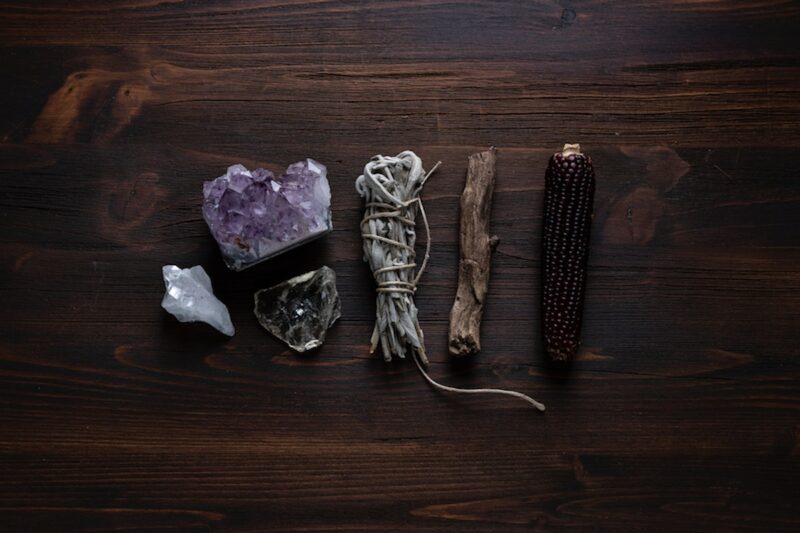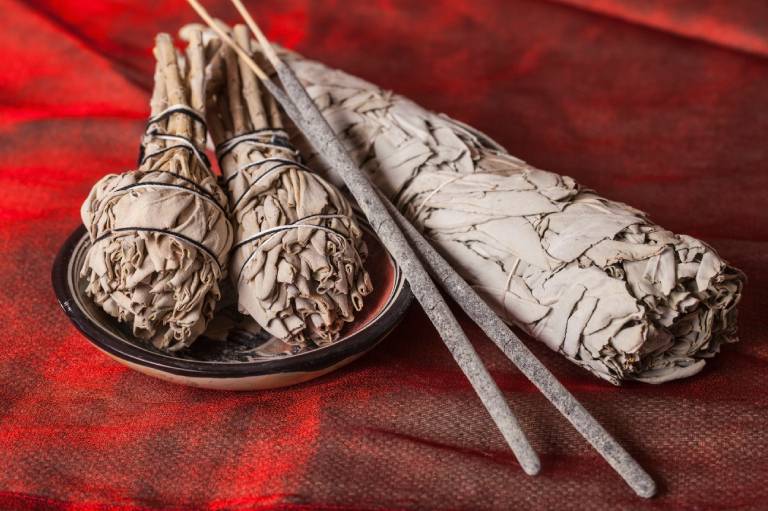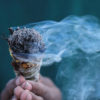

"It helped create a sense of community that we didn't have before," she said. On the first day, 50 kids showed up, she said, most of them non-Native, and many continued to return. The education piece was missing, however, Parkhurst said, so students shared with classmates what smudging was about and then invited them to attend. A meeting with the student council was convened, and then with the principal, and classroom space was provided during the lunch hour. About 32% were proficient in reading.įor those students who struggle with test anxiety, or aggressive behavior, or who are fighting to overcome trauma, smudging could serve as a cultural remedy in support of one's social and emotional health, district officials say.Īlyssa Parkhurst, a 2019 graduate of Johnson High, said students initially smudged in a little storage office, and the practice generated complaints from people who didn't understand it. In 2019, when the parent advisory committee first proposed the smudging policy, Native students were the lowest-performing demographic group in math, with 11% testing as proficient. Paul Public Schools has 1,223 Native American students, or about 3.7% of the district's student population.

The practice is cultural, not religious in nature, and allowable in schools under the Minnesota Clean Indoor Air Act, he said. The intention is to cleanse the soul of negative thoughts, John Bobolink, supervisor of the district's American Indian Education Program, said Tuesday. The flames are gently blown out and the smoke is wafted over a person by hand or with an eagle feather. "It is a medicine for the mind."ĭuring a smudge, an adult places cedar, sage or sweetgrass in a shell or container and lights it. He said smudging is a source of positive energy, and he tries to do it daily. Paul, took advantage of the pioneering work of students there in 2018-19 to carve out space for the practice. Leonard Spears, who was a freshman this year at Johnson Senior High School in St. But parents have yearned to legitimize the practice by having it enshrined in official district policy.ĭuluth Public Schools took similar action in the spring. Viewed by supporters as a way to create a sense of belonging for Native students, smudging already is in place on an informal basis at some city schools. Paul one of the first public school systems in the nation to give the ceremonies its official blessing, according to a presentation to board members Tuesday. Native parents first began to promote the idea in 2019, and if adopted, the policy would make St. Paul Public Schools is eyeing a new policy allowing and encouraging the Native American practice of smudging - the burning of sage or other sacred herbs for healing - at schools and events across the state's second-largest district.

Bethesda, MD: National Library of Medicine (US) 2018. Risk assessment of thujone in foods and medicines containing sage and wormwood -evidence for a need of regulatory changes? Regulatory Toxicology and Pharmacology. leaf extract: a randomized placebo-controlled clinical trial. Improved glycemic control and lipid profile in hyperlipidemic type 2 diabetes patients consuming Salvia officinalis L. leaf extract in patients with hyperlipidemia: a randomized double-blind placebo-controlled clinical trial. Antihyperlipidemic effects of Salvia officinalis L. Kianbakht S, Abasi B, Perham M, et al.Toxicity of Salvia officinalis in a newborn and a child: an alarming report. Halicioglu O, Astarcioglu G, Yaprak I, et al.Journal of Traditional and Complementary Medicine. Pharmacological properties of Salvia officinalis and its components. Effect of Salvia officinalis on diabetic patients. Behradmanesh S, Derees F, Rafieian-Kopaei M.


 0 kommentar(er)
0 kommentar(er)
